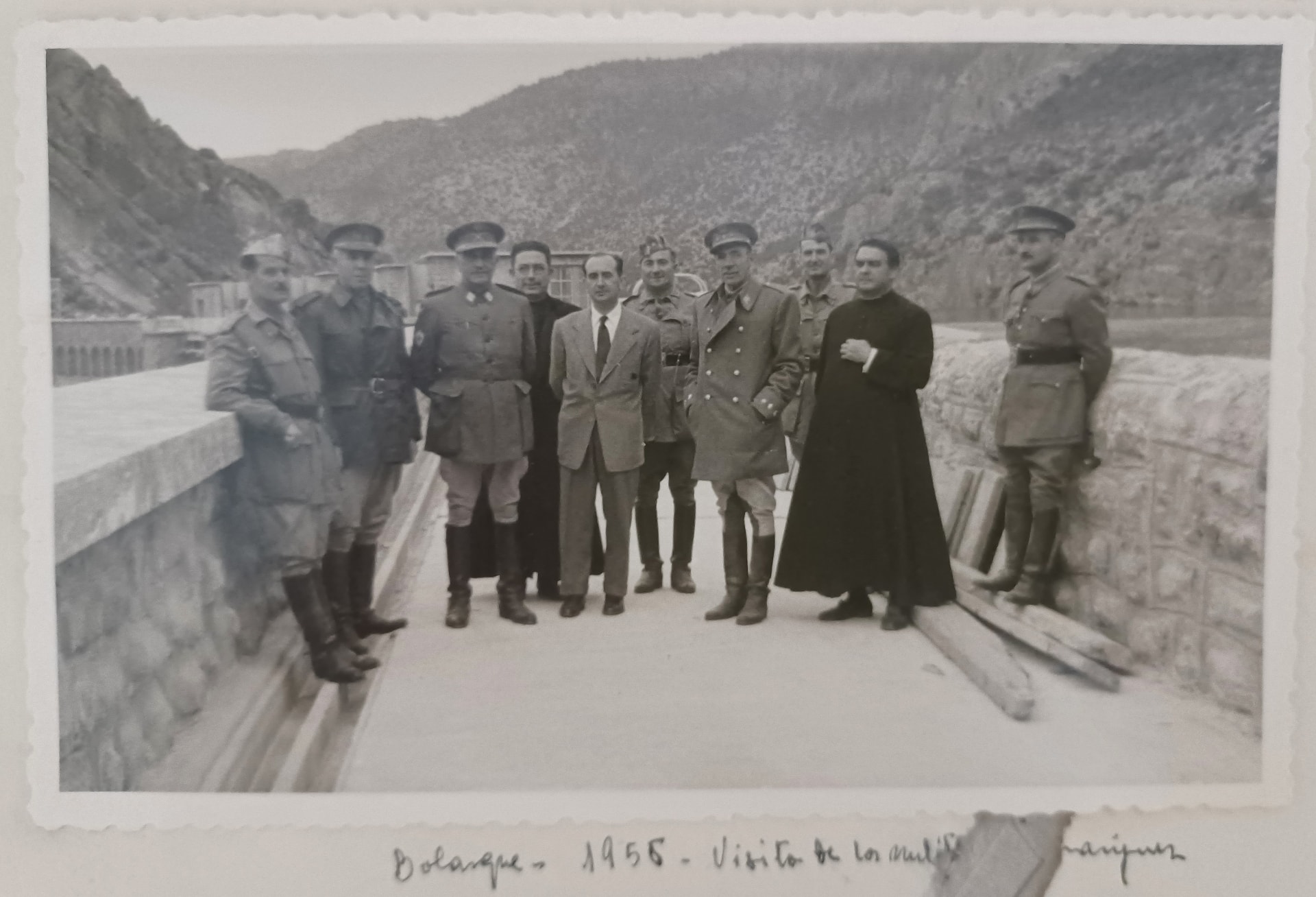
How infrastructure can transform the most depopulated areas
08 of February of 2023
The energy crisis we are currently experiencing is, in turn, driving the energy transformation. The need to break with the dependence on Russian oil, along with the zero carbon policies put in place by many countries, has accelerated the transition to renewable energy.
The construction of these new pieces of energy infrastructure is an opportunity for sparsely populated and under-industrialized areas that are becoming less populated every year in Spain. Both the construction process and its commissioning generate a demographic transformation, creating employment and attracting people. The impact on a region’s economic development is not only direct; it also entails an increase in the quality of life of the population with the creation of other job opportunities and the improvement of connections through the construction of new transportation infrastructure.
An example with a lot of history
In 1911, the newly opened Compañía Unión Eléctrica Madrileña S.A. (later, Unión Fenosa, and now Naturgy) started construction on the Bolarque hydroelectric power plant.
The history of Bolarque is also the history of all the towns around it. Its construction transformed the area and brought development, thus demonstrating how the creation of infrastructure can improve the socio-economic situation of depopulated places. It has the ability to attract workers and improve people’s quality of life.
Bolarque’s story is also that of my family. The creation of this hydroelectric power plant and the village that grew up around it shaped the lives of my grandparents, and it was the setting for all the stories I’ve heard time and time again since I was a child.
The plant and village attracted workers and families from different parts of Spain. In addition to the people who would work at the plant – many at that time, since the work had not yet been automated and most of the tasks were manual – others also came with different jobs: doctors, teachers, bakers, cooks, the Civil Guard, and many more.

This gave the whole area significant economic and social development, and it promoted the creation of basic infrastructure. Salto de Bolarque happened to have everything that the surrounding villages did not: everything from a hotel to electric light in homes, and even drinking water and bathrooms. In addition, the evolution of transportation infrastructure was exponential: simple roads that were rough to travel on were used to build the expansion of the Tajuña railway, and a new station, “Sayatón-Bolarque,” was also created.
The impact that this caused in the area was seen in the lives of many residents in the surrounding villages. I know this firsthand from my grandmother Dori López’s experience: when I was only 13 years old, she moved from Albalate de Zorita, our village, to Bolarque to live with her uncle, the priest Pablo Arias.
“When I got there, I saw that the house I would live in had running water and a bathroom. I’d never seen anything like it before because there was no running water in homes in my village.” – Dori López, resident of the town of Bolarque from 1952 to 1964.
When she returned to Albalate de Zorita, 12 years later, she met my grandfather, who worked at the nuclear power plant that opened there in the 1960s. Soon after, he was transferred to the hydroelectric power plant, so my grandmother’s life was once again linked to Salto de Bolarque. But things had changed: the transportation infrastructures had improved a lot, and it was already possible to get to and from Bolarque in a matter of minutes, so they kept living in our village.
The power of infrastructure
The road network that my grandfather used to go to work at the hydroelectric plant every day was practically built from scratch. This is just one of the many examples of how the creation of infrastructure (communications, transportation, or, in this case, energy) has the capacity to transform and give life to areas with low populations and little economic activity.
Over the last few decades, the Bolarque hydroelectric power plant has continued to grow, and it is generating more and more energy. However, the introduction of technology has been automating many tasks, which is why it no longer employs as many people. The positive thing we can take away from this is that many of the jobs coincided with the life of a generation, that of my grandfather. As these workers retired, their positions disappeared, so this didn’t have a big impact.
The area has other examples, such as the José Cabrera nuclear power plant, which is located in the municipality of Zorita. The many population movements that both its creation and closure led to show how the creation of infrastructure has the capacity to transform the reality of both rural and urban areas.
Today, we hear a lot about the empty regions of Spain, depopulation, and how young people are forced to leave their places of origin due to a lack of opportunities. At the same time, we must face the energy crisis with solutions that help care for the planet and fight climate change. Maybe one solution to both problems lies in the creation of sustainable infrastructure, which fills rural areas with life and options once again.





There are no comments yet